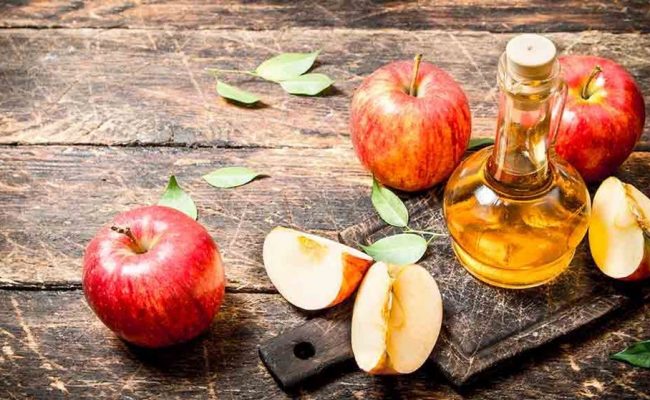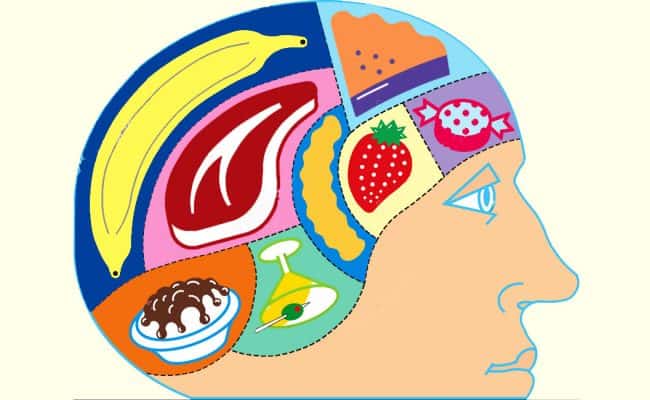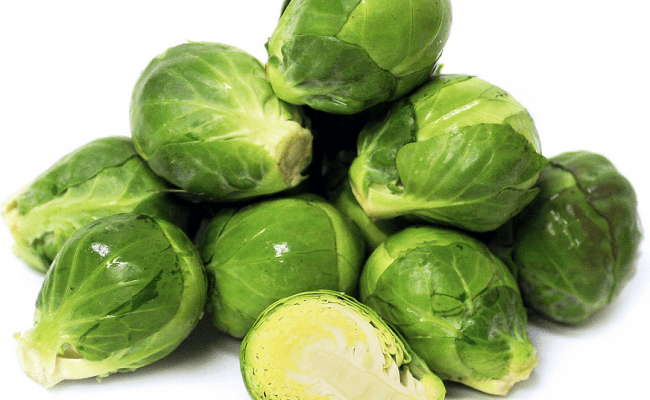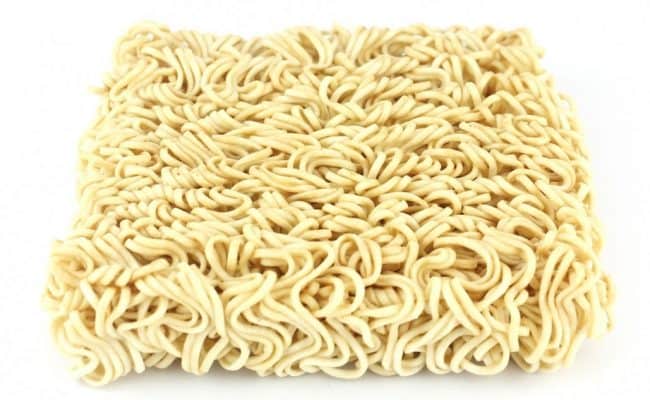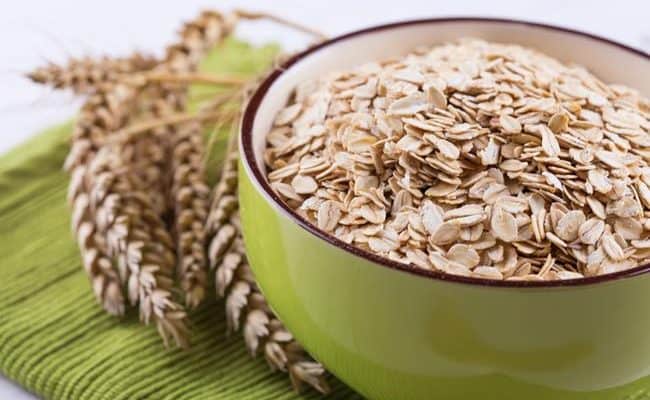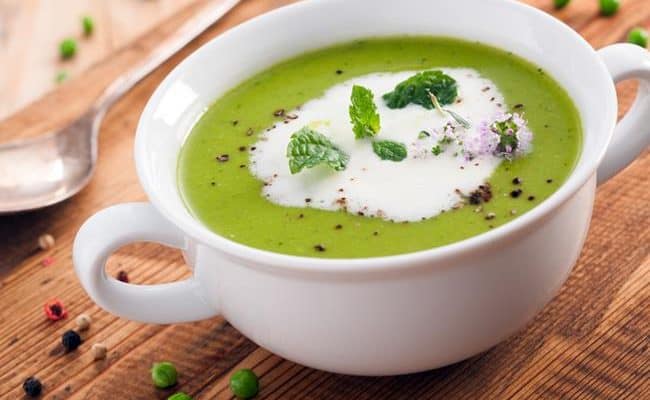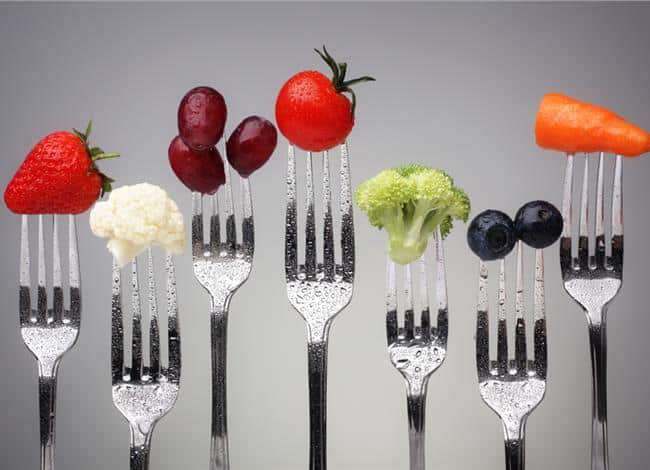
Clean eating is a catchy, popular phrase that can basically mean eating healthy. Although the exact meaning of clean eating can vary, in general it refers to eating whole, unprocessed foods. It limits consumption of fast food or packaged, processed foods that many Americans have grown to rely on.
The idea of eating clean is not new, but the term clean eating is. Whether you call it clean eating or not, eating more unprocessed foods like fruits, vegetables, grains, nuts, seeds and lean proteins is beneficial for overall health. Here are some practical dos and don’ts tips for clean eating that can be a guideline for you to follow.
Cut out processed food
Cutting out processed food is the main focus of the clean eating movement. Processed food is a catch all term for any food that comes in a bag, box, can or other packaging that can sit on a shelf for a good amount of time without spoiling. Processed food is notorious for being high in sugar, unhealthy fats, sodium, preservatives and low in nutrients like vitamins, minerals, antioxidants and fiber.
By cutting out processed food, your food should be “cleaner” because it doesn’t have added artificial ingredients and is true to its purest form from nature. A word of caution: cutting out processed food can be hard! This is especially hard if you are used to eating packaged food and not used to cooking. However, the health benefits are well worth it.
Bump up fruits and vegetables
Besides cutting out processed food, which is a great first step, make sure to eat a high amount of fruits and vegetables for clean eating. Some people suggest clean eating also entails eating organic fruits and vegetables when possible to lower pesticide residue.
Focus on eating a wide variety of fruits and vegetables when they are in season. This can be done easily by shopping at farmer’s markets or purchasing a community supported agriculture (CSA) share from a local farm.
Fruits and vegetables have many important nutrients, plus they are high in fiber which can increase satiety. Don’t cut out processed food without bumping up your fruit and vegetable intake; these two steps should go hand in hand.
Stay away from hard to pronounce ingredients
Staying away from hard to pronounce food ingredients can be much easier when you cut down on processed foods. Most hard to pronounce words in ingredient labels are preservatives meant to prolong the shelf life of food products. Clean eating focuses on eliminating these preservatives and other chemicals in the food system.
Know where your food comes from
Eating local is sometimes associated with clean eating because eating local also focuses on minimizing processed food. Knowing where your food comes from means trying to eat locally grown fruits and vegetables or locally raised proteins when possible. If you have the choice of buying locally grown blueberries or blueberries from South America, choose local if you can.
Eating foods from a local food system can increase nutrient density of food, as local foods are usually not harvested before they are ripe which can increase vitamin and mineral content.
Be balanced
Something to avoid with clean eating is to get over obsessed about eating perfect food. Food is meant to be enjoyed and nourishing for the body and mind, but it should not be exhausting or obsessive. Also, keep in mind whatever diet you follow, balance and moderation are important concepts. Keep meals balanced with healthy carbohydrate, protein and fat sources.
The term orthorexia is defined as having an unhealthy obsession with eating pure (or clean). Clean eating should be a healthy lifestyle, not a rigid eating pattern. If you need to eat something out of a package while trying to eat clean it is not the end of the world. As with anything, keep healthy choices the majority and easiest choice but learn to deal with situations where you may not be able to eat exactly how you want to or are used to.
Learn what you can adapt from clean eating principles and know where you may need to adjust these guidelines, depending on your circumstances. Eat balanced meals that include the major food categories unless you have food illnesses or intolerances.
Conclusion
Clean eating is a popular term for healthy eating with a focus on fresh, natural food. Clean eating limits intake of processed food and fast food, which can be difficult with the usual busy American lifestyle. Clean eating focuses on eating a high number of fresh fruits and vegetables, and some would say this also includes eating organic foods when possible. Eating a wide variety of fruits and vegetables is also recommended.
Other additions to clean eating can be trying to eat as local as possible and knowing where your food comes from. An important consideration for ay diet or health trend is to remember food should be enjoyed and is meant to nourish the body, not be an obsession with strict eating rules.
References used in this article
